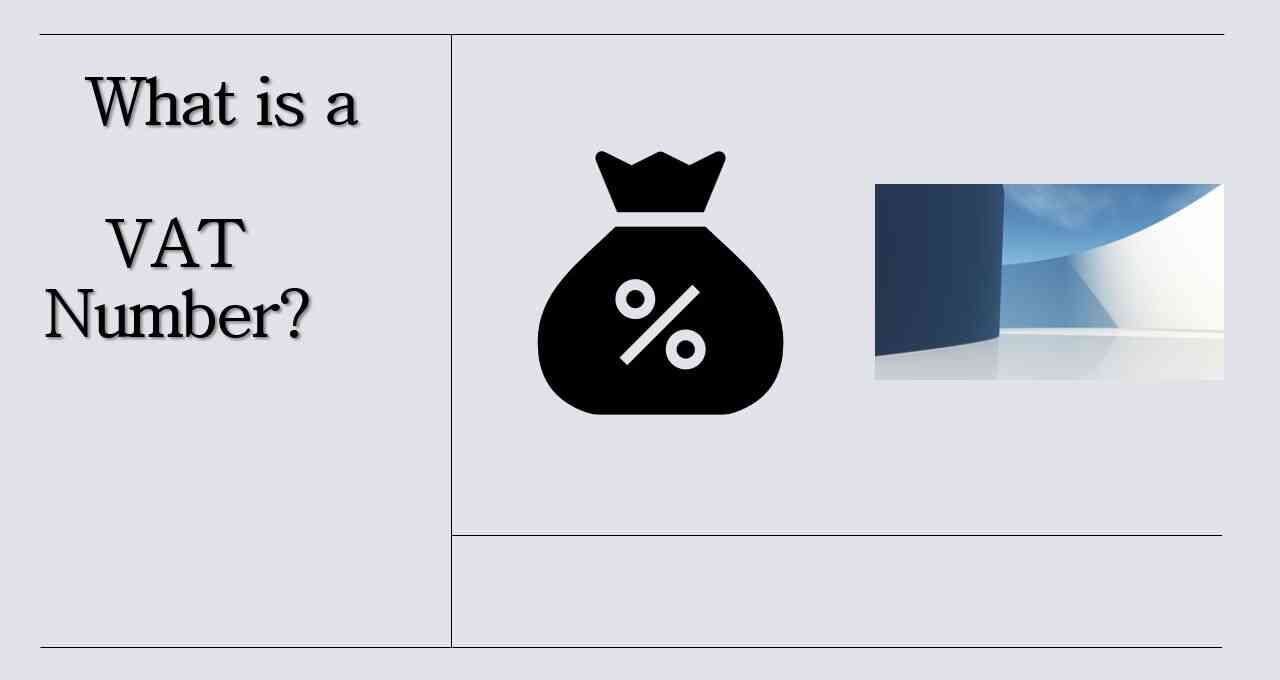A VAT number is a unique identification number given to businesses by the tax authorities. It allows tax authorities to identify businesses and collect VAT on their products or services.
How Many Digits are in a VAT?
The VAT number may vary and depends on the country. It usually consists of 8 to 15 digits, but the specific format may vary from country to country.
How Many Numbers are in a VAT in the UK?
The Value Added Tax (VAT) number consists of 9 digits and often begins with the country code “GB” to indicate that it is a UK VAT number.
VAT Number Example:
The format of a UK VAT number may be ‘GB123456789’, the numbers are shown for example.
Who Needs a VAT Number?
Most businesses and other individuals carrying out economic activity require a VAT number.
How to Get a VAT Number?
To get a VAT (Value Added Tax) number in the UK, you need to follow these steps:
- Register your business with HM Revenue and Customs (HMRC).
- Complete the VAT registration form online or by mail.
- Provide essential documents for your business information, such as turnover, financial statements etc.
- Verify and Submit the registration form.
- Wait for approval and get your VAT number.
Who Provides the VAT number?
The VAT number is provided by the tax authorities of the respective country. But, In the UK, it is issued by the His Majesty’s Revenue and Customs (HMRC) department.
Businesses must apply for VAT registration to their local tax authority, which reviews the application, confirms eligibility, and issues a unique VAT number upon approval.
This number serves to identify a business for tax purposes and collect and remit value-added tax on its products or services.
